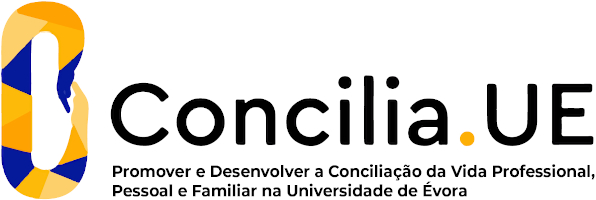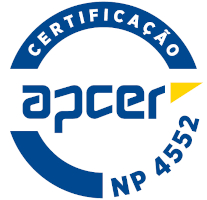2024
Numerical Tools with Python
Name: Numerical Tools with Python
Code: MAT15034D
6 ECTS
Duration: 15 weeks/156 hours
Scientific Area:
Informatics, Mathematics
Teaching languages: Portuguese
Languages of tutoring support: Portuguese
Regime de Frequência: B-learning
Sustainable Development Goals
Learning Goals
This Curricular Unit aims to develop and consolidate the computational implementation of numerical methods with application to problems in various scientific areas such as Engineering, Physics, Chemistry, Biology, Economics and Management. It should encourage students' ability to use computational tools as a means of calculation. It will be considered the use of a symbolic calculation program, SageMath, which will allow the implementation of scripts in the Python programming language.
At the end, students should be able to develop computational calculation programs with a view to solving concrete problems.
At the end, students should be able to develop computational calculation programs with a view to solving concrete problems.
Contents
1. Introduction to SageMath software. Installation.
2. SageMath as a calculator: first calculations, elementary functions, Python variables, symbolic variables, first graphs.
3. Representation of floating point numbers: properties, rounding.
4. Programming and data structure: algorithms (loops, conditions and functions), lists and other data structures.
5. Analysis: symbolic expressions and simplifications, elementary mathematical functions, explicit resolution of equations. Sums, limits, sequences, series, derivatives and integrals. Solving differential equations.
6. Linear algebra: vector and matrix computation, solving linear systems, eigenvalues and eigenvectors computation, matrix decomposition.
7. Graphics: graphical representation of functions, parametric curves, curves in polar coordinates, implicitly defined curves, representation of discrete data, representation of the solution of differential equations.
2. SageMath as a calculator: first calculations, elementary functions, Python variables, symbolic variables, first graphs.
3. Representation of floating point numbers: properties, rounding.
4. Programming and data structure: algorithms (loops, conditions and functions), lists and other data structures.
5. Analysis: symbolic expressions and simplifications, elementary mathematical functions, explicit resolution of equations. Sums, limits, sequences, series, derivatives and integrals. Solving differential equations.
6. Linear algebra: vector and matrix computation, solving linear systems, eigenvalues and eigenvectors computation, matrix decomposition.
7. Graphics: graphical representation of functions, parametric curves, curves in polar coordinates, implicitly defined curves, representation of discrete data, representation of the solution of differential equations.
Teaching Methods
Structured explanation and examples with a view to autonomous problem solving.
Assessment
Application project using SageMath/Python software.
Teaching Staff
- Paulo Manuel de Barros Correia [responsible]





















